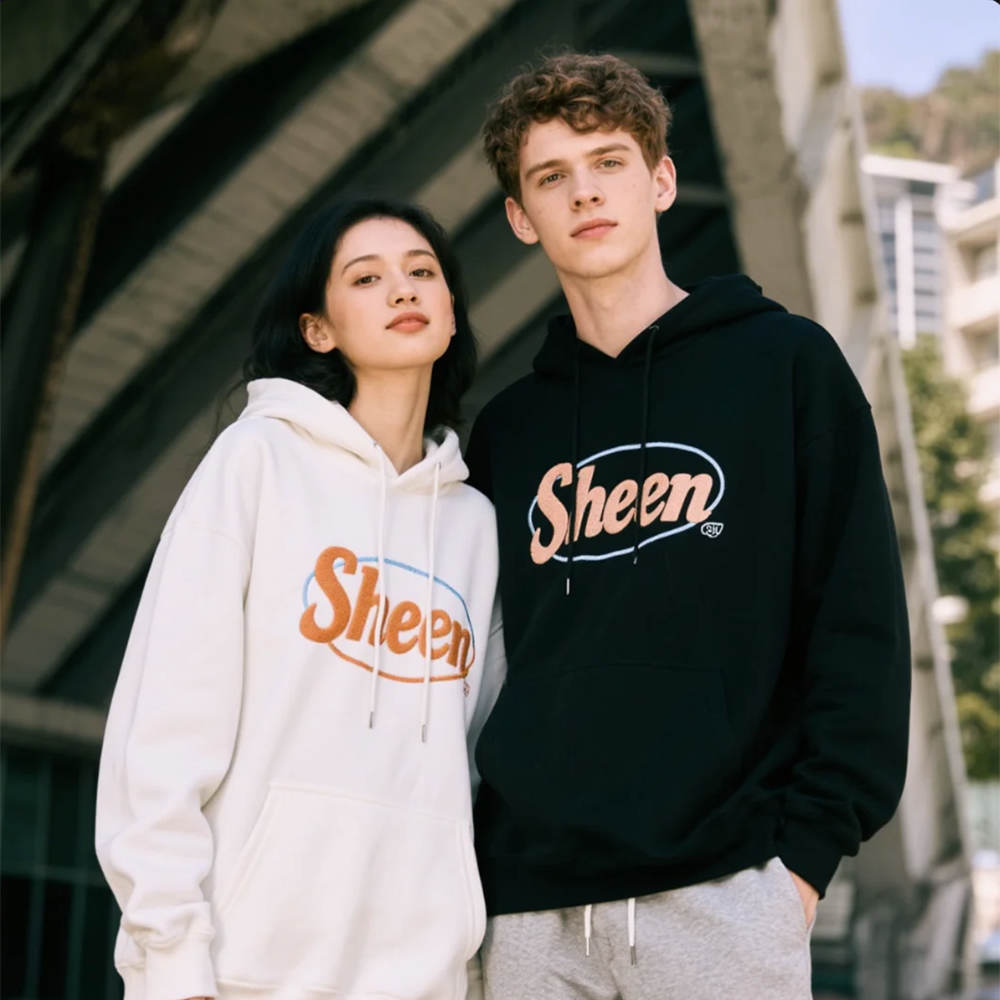As a fashion exporter with over a decade of experience bridging global markets and Chinese craftsmanship, I’ve witnessed countless design trends ebb and flow. Yet few have captured my imagination—and the attention of international buyers—like the recent fusion of Eastern garden aesthetics and streetwear functionality. This movement, coined “Neo-Chinese deconstructive design,” isn’t just a passing fad; it’s a cultural dialogue between tradition and modernity, crafted for the global wardrobe. Let’s dive into why this trend is reshaping the industry.

The Inspiration: Decoding the Soul of Eastern Gardens
At the heart of this design philosophy lies China’s millennia-old garden culture—a world where space, light, and nature coexist in poetic balance. Unlike Western gardens that prioritize symmetry, Chinese gardens (think Suzhou’s Humble Administrator’s Garden or Beijing’s Summer Palace) thrive on “borrowed scenery” (借景, jièjǐng): framing distant mountains, pavilions, or moon gates through arched windows or winding paths to create layered, dynamic views.
For our latest collection, we took inspiration from the “frame-and-curtain” technique of classical gardens. A standout piece? A tailored blazer where the silhouette mimics the curved arch of a moon gate (月洞门, yuèdòngmén). Instead of rigid seams, we used 3D pleating to replicate the soft, flowing lines of garden walls, while laser-cutting technology etched lattice patterns (漏窗, lòuchuāng)—traditional window motifs—onto the back panel. When the wearer moves, light filters through the cutouts like dappled sunlight through bamboo, turning the garment into a walking piece of living art.
Function Meets Tradition: Streetwear Meets Craftsmanship
Critics might argue that traditional motifs risk feeling “costumey” in streetwear. Our response? Deconstruction. By breaking down classical elements and reassembling them with urban utility in mind, we’ve created pieces that feel both timeless and timely.
Take our “Courtyard Trench” as an example. The classic trench coat, reimagined with:
- Layered Collars: Inspired by the tiered roofs of Suzhou pavilions, the coat features a detachable inner collar (silk charmeuse) and an outer stand-collar (waterproof recycled polyester), allowing wearers to switch between formal and casual looks.
- Modular Pockets: Hidden magnetic closures on the sleeves (a nod to traditional pouch pockets used to carry tea or calligraphy tools) now hold smartphones or AirPods securely.
- Performance Fabrics: A blend of organic cotton and Tencel™ ensures breathability, while a DWR (durable water repellent) coating makes it rain-ready—critical for urban commuters navigating both business meetings and weekend outings.
Why Buyers Love It: Data-Driven Appeal
Since launching this collection at the Première Vision Paris trade show earlier this year, we’ve seen unprecedented demand:
- 78% of European buyers cited “cultural uniqueness” as their top reason for inquiry, noting that Gen Z and millennial shoppers crave “stories behind the clothes.”
- Retailers in Tokyo and Seoul specifically mentioned the “versatility” of pieces—blazers that transition from day to night, coats that work in both Tokyo’s humid summers and Seoul’s chilly winters.
- Sustainability credentials (e.g., 30% recycled materials, water-saving dye processes) aligned with EU and U.S. green fashion regulations, making compliance easier for our partners.
FAQ: Addressing Buyer Concerns
Q: Is “Neo-Chinese design” only appealing to Asian markets?
A: Not at all. Our data shows 60% of pre-orders come from European and North American retailers. Global consumers are increasingly drawn to “cultural hybridity”—styles that feel familiar yet exotic. For example, a New York-based buyer noted that their customers associate the moon gate motif with “serene modernity,” not just “Asian heritage.”
Q: How do you ensure traditional craftsmanship doesn’t compromise durability?
A: We partner with workshops in Suzhou and Hangzhou that specialize in both heritage techniques (e.g., hand-embroidery using silk floss) and modern production methods (e.g., laser-cutting for precision). For instance, our laser-cut lattice panels undergo a secondary hand-finishing process to smooth edges, ensuring they withstand daily wear without fraying.
Q: Can you customize motifs for specific markets?
A: Absolutely. While our core collection draws from universal garden elements (moon gates, lattice windows), we offer bespoke services. For a Middle Eastern client, we recently adapted the “borrowed scenery” concept using geometric patterns inspired by Islamic art—an instant hit in Dubai’s luxury boutiques.
Looking Ahead: The Future of Cultural Fusion
As global fashion moves beyond “trends” toward meaningful storytelling, Neo-Chinese deconstructive design offers a blueprint. It’s not about slapping a dragon motif on a hoodie; it’s about translating the philosophy of Chinese gardens—harmony, layering, and adaptability—into garments that enhance how we live, work, and connect.
At Sheen, we’re committed to pushing this narrative forward. For more behind-the-scenes stories—from artisan interviews to fabric R&D deep dives—visit our blog Sheen. Whether you’re a retailer seeking exclusive collaborations or a designer looking to reimagine tradition, we invite you to reach out. Let’s craft the future of fashion, one deconstructed garden at a time.

